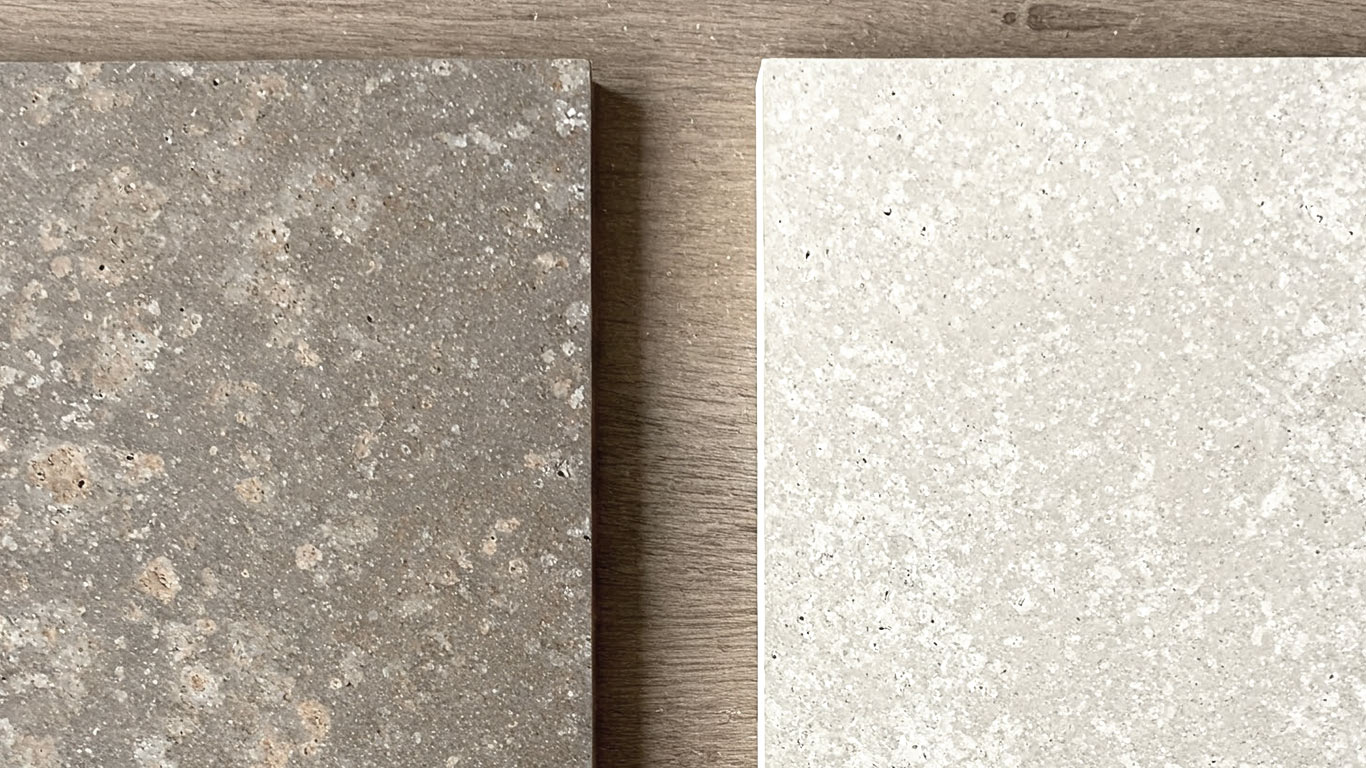
FDA
FDA 21 CFR 1040.10 - Laser Product Performance Standards



When laser cleaning Porphyry, we usually begin with a moderate power setting. This makes good use of its low thermal conductivity, keeping the heat focused so contaminants vaporize fast without any chance of cracking the tough stone surface.
When examining the contaminated porphyry surface up close, you notice thick layers of grime clinging tightly to the rough texture. Dirt particles scatter unevenly across the pitted areas, making the stone look dull and uneven overall. This buildup hides the natural patterns beneath, blocking any clear view of the material's true form.
After laser treatment, the same surface appears smooth and vibrant under magnification. The cleaning reveals sharp crystal edges and uniform coloring without any residue left behind. You can now see the stone

FDA 21 CFR 1040.10 - Laser Product Performance Standards

ANSI Z136.1 - Safe Use of Lasers

IEC 60825 - Safety of Laser Products

OSHA 29 CFR 1926.95 - Personal Protective Equipment